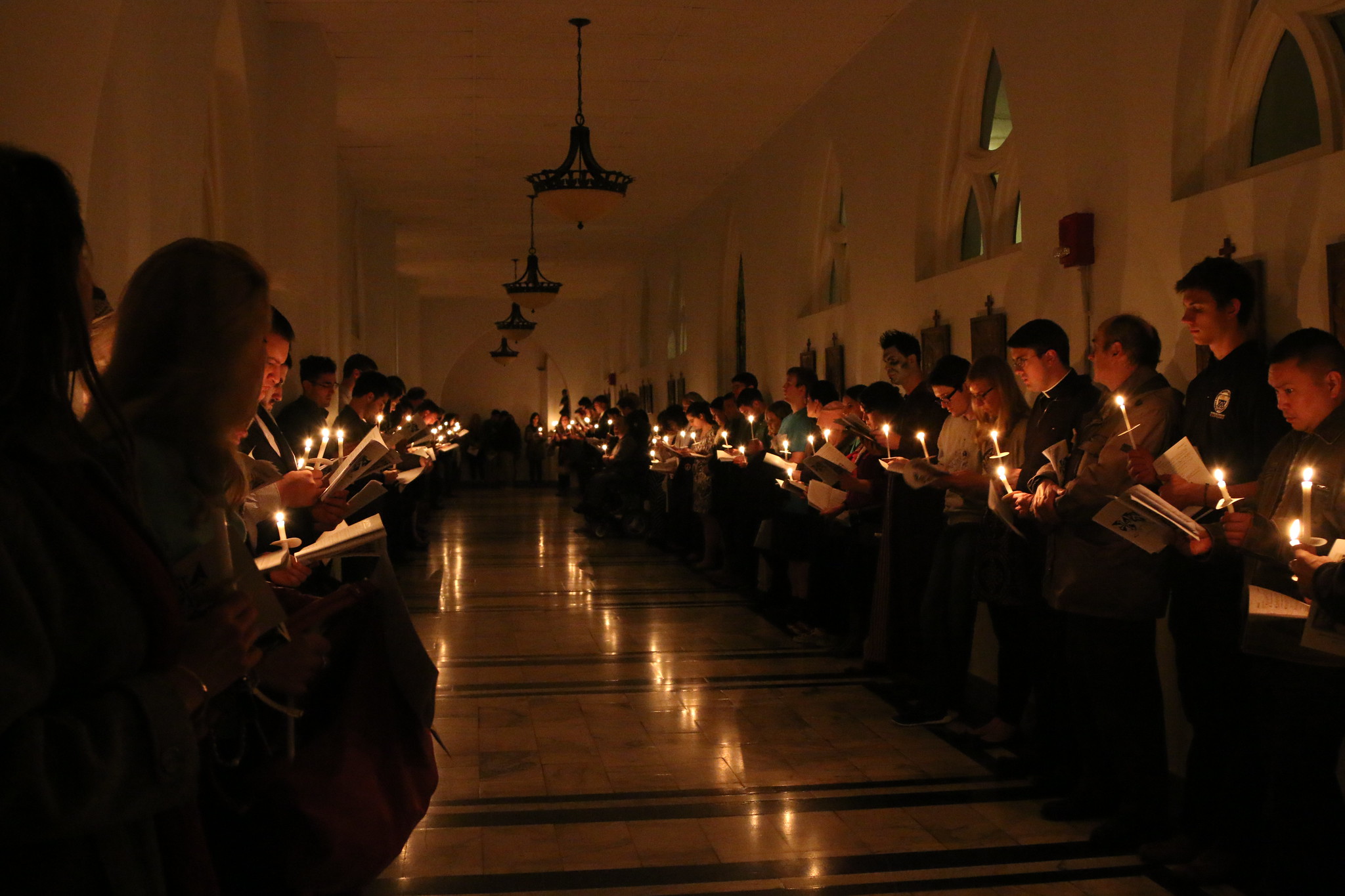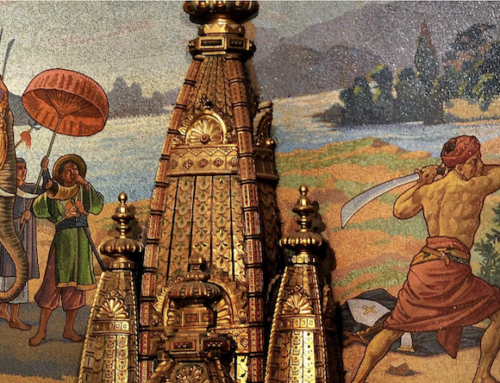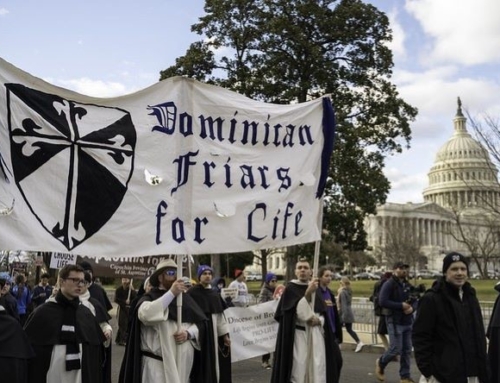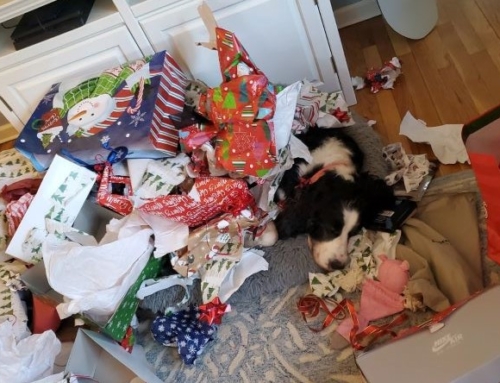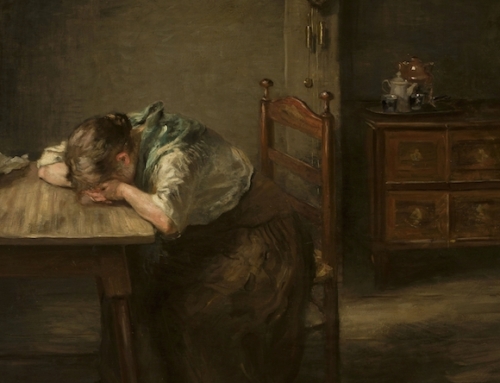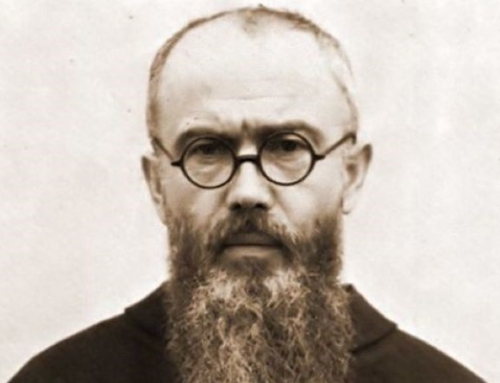Spooky houses are part of the strangeness of Halloween. Across the country, children hurry through zombie-filled lawns and spider-infested porches in search of full-sized candy. Couples sign up for “ghost tours” of haunted buildings and neighborhoods. Young adults crowd into their friends’ apartments to watch horror movies on Netflix.
On the same night, several hundred guests quietly enter our Dominican House of Studies for the Vigil of All Saints. The guests fill our chapel and overflow into our cloister, at first sitting in the dark and then walking in candlelight procession. They listen to readings written by the saints, pray in silence, chant Compline with the friars, and venerate relics of saints’ bones, hair, and clothing. A party follows, celebrating the next day’s feast of All Saints.
As with other Halloween practices, the All Saints Vigil is weird and rather spooky. We sit in a creaky Gothic chapel, we chant in an ancient language about death, and we kiss dead people’s body parts. Is it just like any other death-themed Halloween event? Does morbidity explain its popularity?
At the same time as hundreds of young adults pray at our vigil, no doubt far more are at home watching the latest horror movies about killer clowns and demon dolls. I suggest that both groups of young people have the same motivation—deep down, they want to be more alive.
Is this not why people enjoy horror movies? When we are frightened by a jump scare, our heart rate shoots up. We get a rush of adrenaline and dopamine, so we feel alert and excited. Evil clowns, possessed dolls, and other villains with eerily lifeless faces terrify us, and so by a terrible irony they make viewers feel most “alive”.
The All Saints Vigil points to a different kind of life, the blessed life with God for which we were created (CCC 1). In Mere Christianity, C.S. Lewis compares us to toy soldiers who are brought to life by the God-man (the real man), Jesus Christ. Because of his incarnation, death, and resurrection, the toy soldiers have been sighted acting and speaking like real men; they have been given new life in Christ.
All Saints’ Day and its vigil celebrates our predecessors who are in glory, in perfect union with God after their earthly death. The saints behold God face to face (1 Cor 13:12), seeing him as he is (1 Jn 3:2), and they are intimate friends with him, happy with God’s own happiness (ST II-II q. 23 a. 1). They show that eternal, abundant, supernatural life is possible for you and me in Christ. We need not be half-lifeless like the faces of those terrifying clowns and dolls; we need not remain the toy soldiers of Lewis’ analogy.
To paraphrase G.K. Chesterton (see Tremendous Trifles), Halloween does not give a man his first idea of horror. What Halloween gives a man is his first clear idea of the possible defeat of horror.
This hope is why we listen to the words of the saints and kiss their relics; it is why at Compline we pray for a peaceful death. This good news is why so many young people spend All Hallows’ Eve at our Dominican house instead of a haunted one.
Let us join them and sing: All you holy saints of God, pray for us.
✠
Photo by Fr. Lawrence Lew, O.P. (used with permission)

